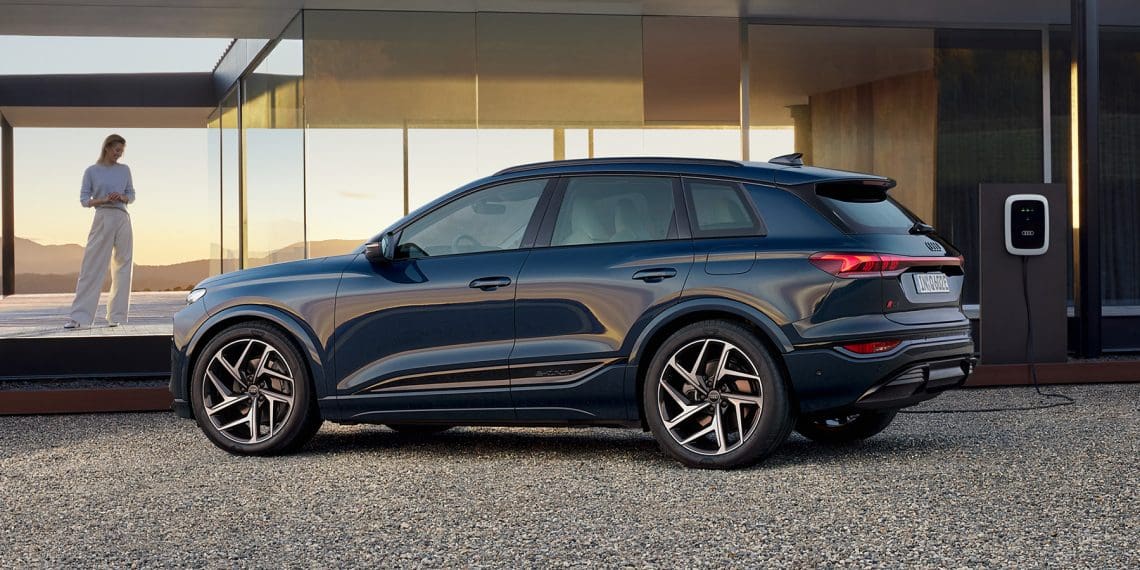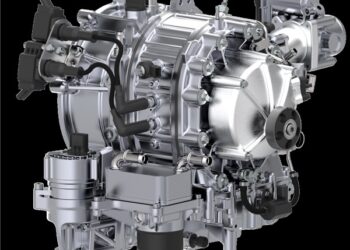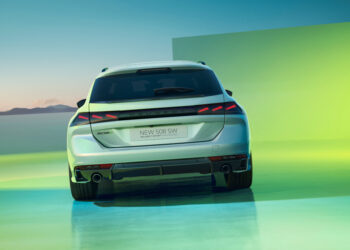Betting against technological progress has always been a losing game, yet when it comes to electric vehicles (EVs), the pessimism seems never-ending. Critics claim that batteries will never get more energy-dense, that electric motors will cause shortages of copper and rare earth minerals, and that the planet will run out of lithium before your EV’s third lease payment. But if you tune into the technology available right now, you’ll realize these doomsday predictions are total nonsense. Batteries are on the brink of a massive leap forward, power electronics are advancing rapidly, and electric motors are rocketing into the future—all in ways that are already being realized in the cars we drive today.
Let’s address the elephant in the room: batteries. Solid-state batteries (SSBs) are not a distant fantasy; they’re real and already being tested by major automakers like Ford, BMW, and Volkswagen. These aren’t hyped-up prototypes from dubious sources—they’re solid-state cells that will soon end up in cars. BMW plans to showcase an SSB-powered concept vehicle before 2025. Once that happens, it’s just a matter of refining and scaling the technology.
What makes SSBs so revolutionary is their lower internal resistance compared to traditional liquid-electrolyte batteries, which reduces heating under load and simplifies cooling requirements. For example, the Hummer EV’s 3,000-pound battery pack contains roughly 1,730 pounds of actual battery cells, with the rest being cooling passages, electronics, and structural components. Imagine replacing those conventional cells with SSBs—energy density could jump to 390 watt-hours per kilogram, turning that 212-kWh pack into a 306-kWh powerhouse, increasing energy by nearly one-third with just a cell swap.
Power electronics are also undergoing significant advancements. Many current inverters use insulated gate bipolar transistors (IGBTs), but the industry is quickly moving toward silicon carbide and gallium nitride, which are far more efficient. Major automakers are either adopting or in the process of switching to these technologies, which will improve range and reduce costs. Gallium nitride, currently used in lower-power applications, is also being prototyped for full-sized traction inverters, promising even greater efficiency and reduced size. We’re talking about power transistors that used to be the size of a quarter now being replaced by units no bigger than a grain of rice.
If that’s not enough, electric motors themselves are becoming lighter, smaller, and more powerful. Axial flux motors, already in use by high-end automakers like McLaren, Ferrari, and Mercedes-Benz, are setting new benchmarks for power-to-weight ratios. A 300-horsepower car could soon be powered by an electric motor lighter than a watermelon, thanks to companies like YASA leading the charge.
These technologies aren’t pie-in-the-sky dreams—they exist today. The challenge lies in scaling them for mass-market adoption, and that’s just a matter of time. The batteries, inverters, and motors of tomorrow will make today’s EVs look like relics of a bygone era.
So, the next time you hear someone betting against the future of electric vehicles, remind them: history is on the side of progress. And in the world of EVs, the future is already here, just waiting to be fully realized.










